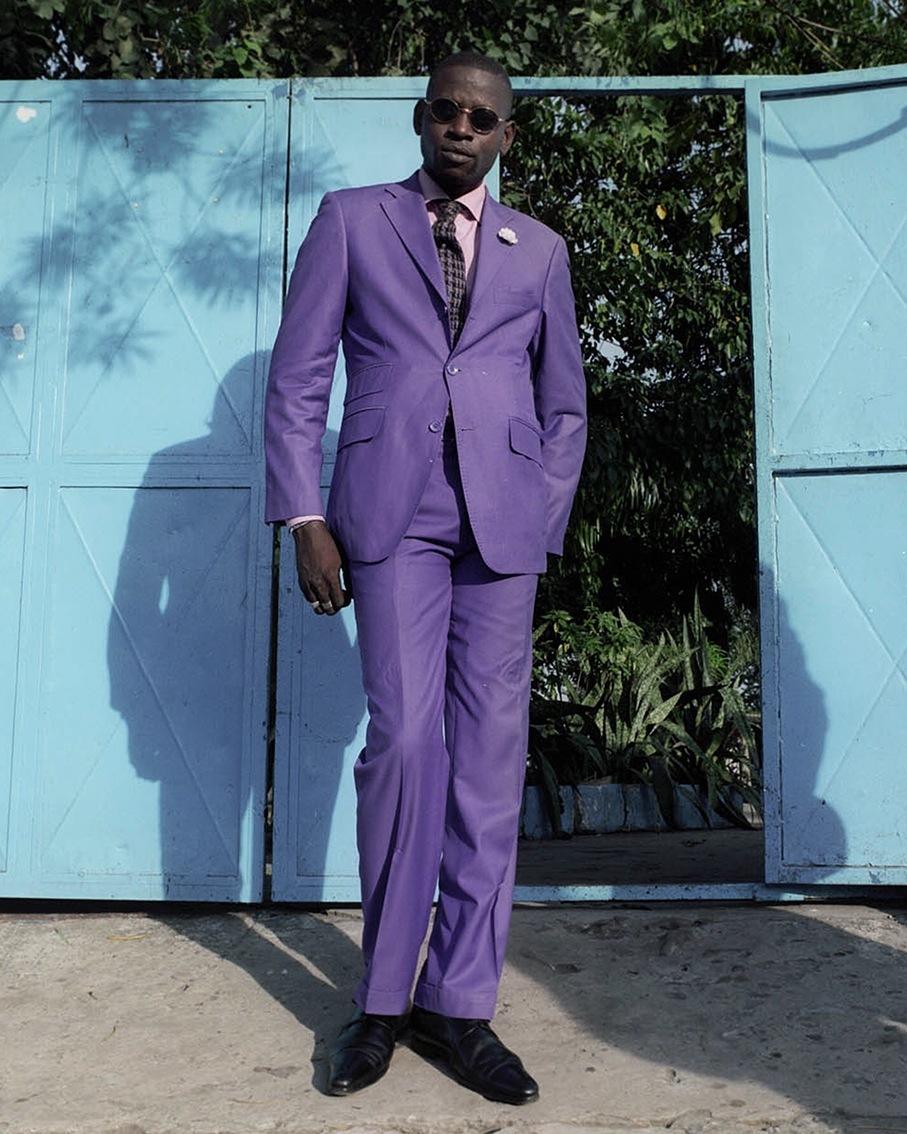New York-based photographer Jackie Nickerson has documented life in rural Ireland’s religious orders, the flamboyant dandies of Brazzaville, and African farm workers in her ongoing project Terrain (to be shown at the National Gallery of Ireland this October). Outside of her artwork, she has collaborated with Kanye West on a subversive lookbook for adidas and shot Marni’s first campaign, to be released this fall. Nickerson’s approach to social documentation is to honestly examine her subjects as they appear before her. Her backdrops are strenuously quotidian—fields and dirt roads, a makeshift greenhouse—compelling her subjects to tell their own stories and allowing them to define themselves. This instinctive approach results in images that are both informative and strikingly composed She challenges herself and her audience to ask questions—even if the answers are not readily apparent.
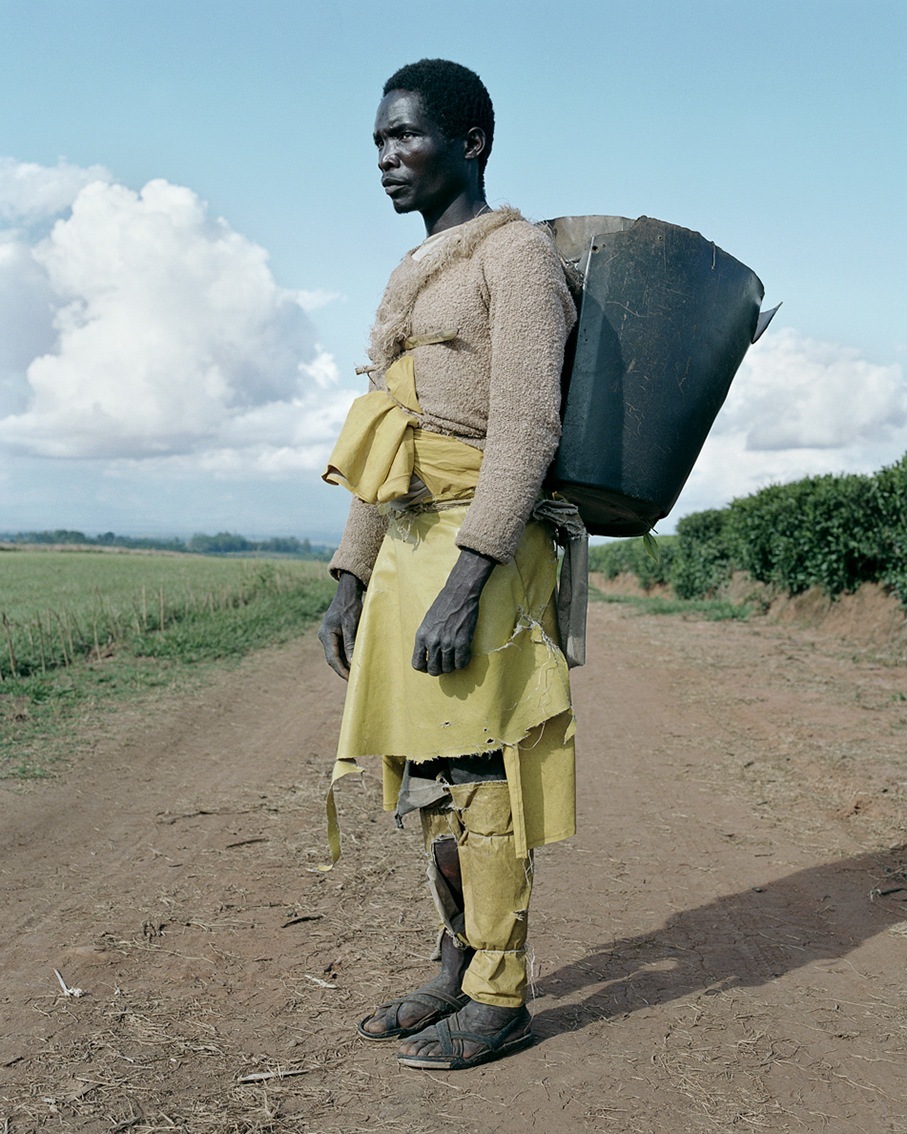
Portraiture, often merging with landscape, is central to your photographic practice. Are you inviting the viewer to look at your subjects in relation to their communities?
I’ve always been interested in cause and effect, specifically in how we are all affected by our environment and in our shared social and psychological experiences, the relationship between being and appearance. What I try to do is see what is actually in front of me. I don’t think of the land as either submissive or untamed; rather, I see a landscape that reveals evidence of human labour. I suppose they don’t really read as documentary images of labour conditions but are more a kind of impressionistic documentary. A portrait of one person can be a metonym for a whole community.
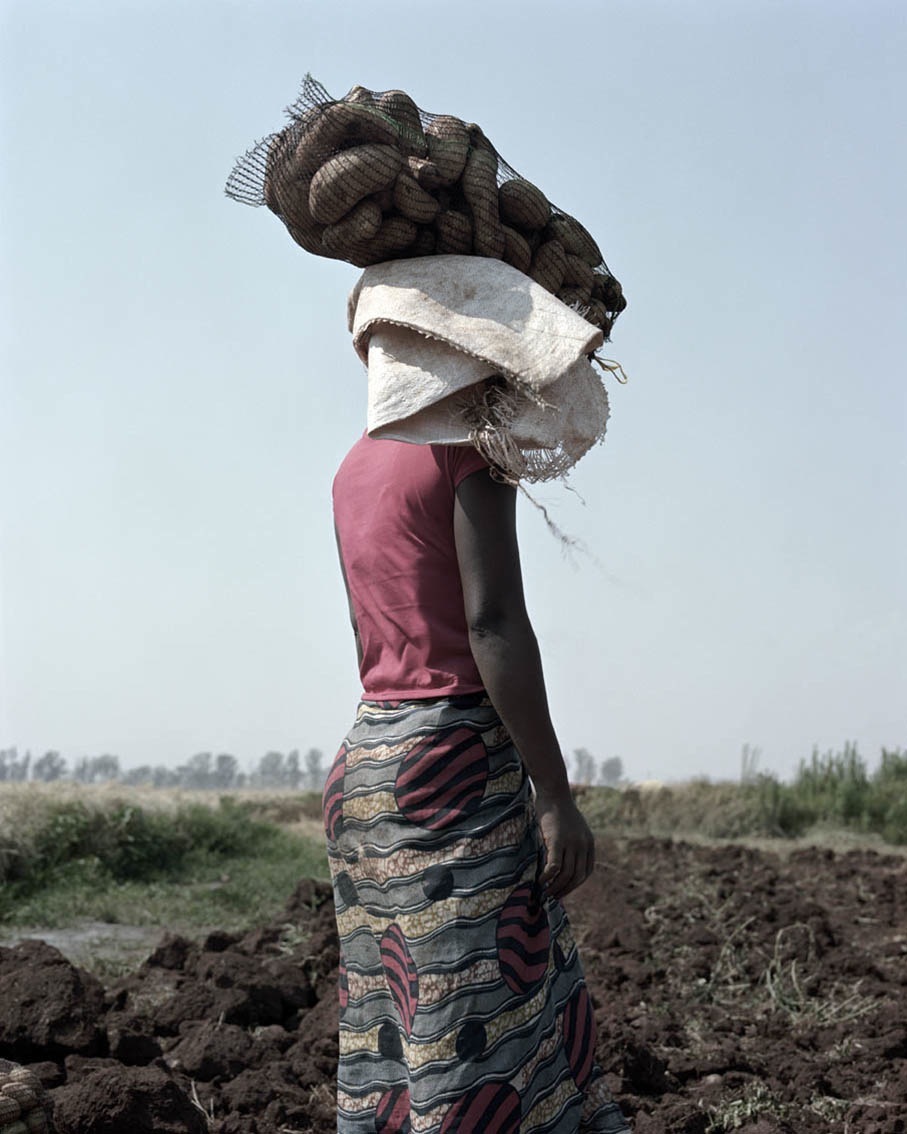
There is a tenderness and intimacy in your portraits, even those that do not reveal the identity of the individual. What is the exchange like between you and your subjects?
It’s usually a long process. I’d visit the same place, meet the same people many times so I get to know everyone a little bit. I also get an education about the working environment of the farm; the way things are grown and processed. My first visit is usually a series of conversations. I take family snaps then send them the prints. I explain who I am and what I am trying to do. It’s fun and a bit chaotic, but usually an enjoyable process for everyone. It’s something so different to what the farmers do everyday. I think a large number of people, or perhaps everyone; think I’m slightly crazy!
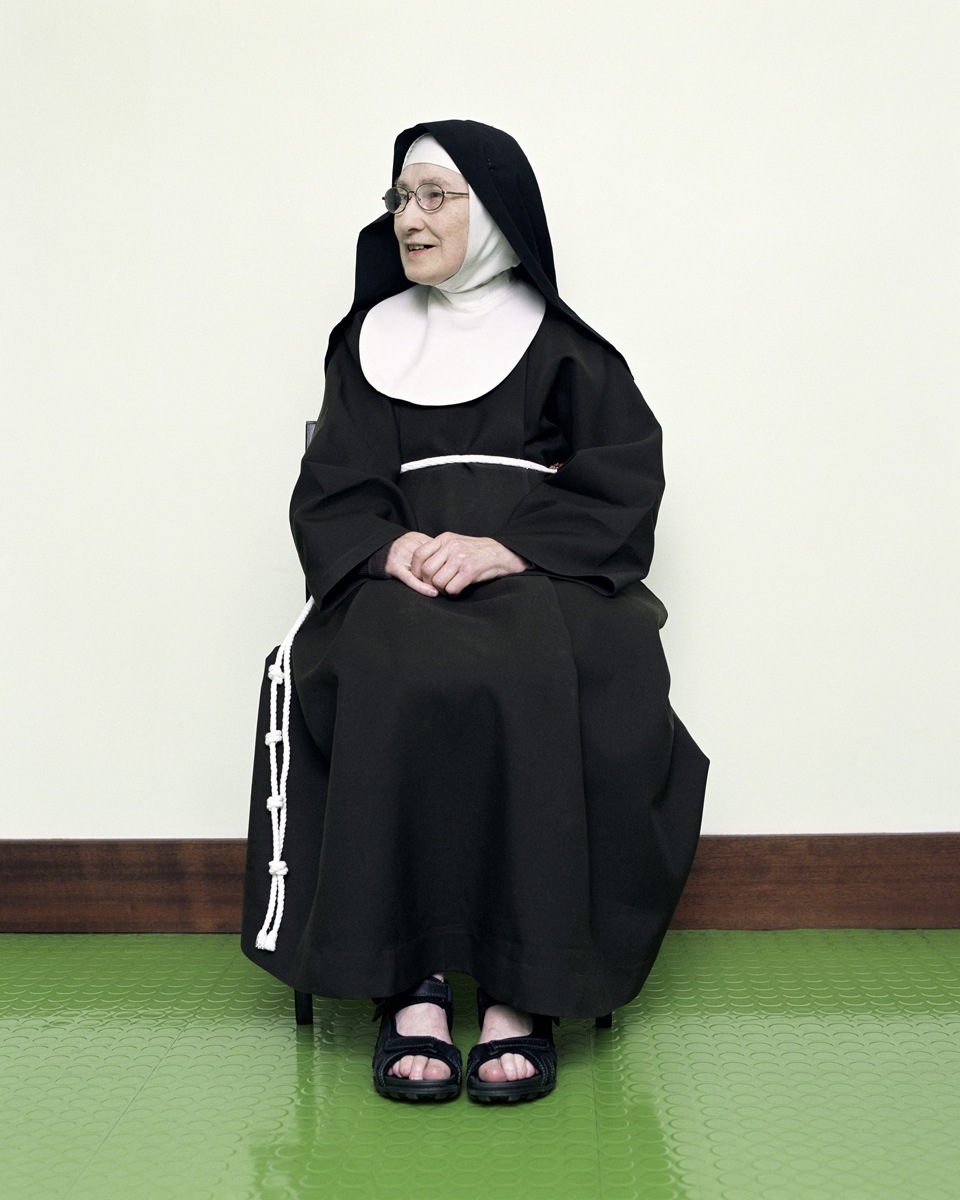
It’s rare for photos that fall into the social documentary genre, where your interest or concern is for the subject, to not show their faces – can you explain why you chose this approach with your Terrain series?
How do we challenge perceptions of working people? How do we give the person being photographed the higher ground in the negotiation that’s part of portraiture? What comes into play here is the balance of power between photographer and sitter but also between sitter and viewer. When we can’t see the face of the person in the photograph it makes us feel uncomfortable. We don’t automatically think that the person in the photograph has chosen not to engage on the viewers’ terms or to be scrutinized. For me, it’s about the empowerment of the laborer versus the consumer. I guess some would say it’s like looking for star quality in a person. These are the men and women I spend hours and hours looking for.
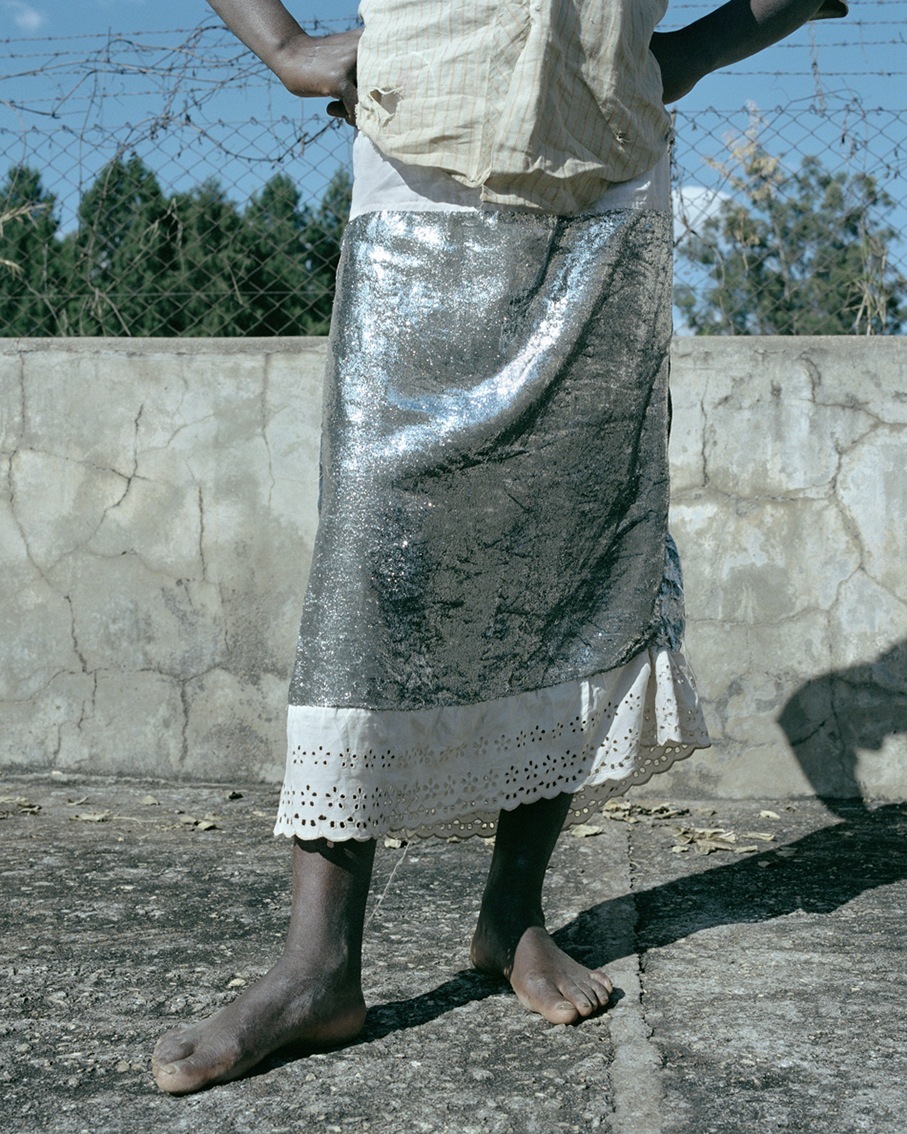
You were commissioned to shoot Time’s 2014 Person of the Year cover, which honors those on the front lines of the Ebola epidemic. Was it challenging to create an image celebrating perseverance and triumph amidst immense human suffering?
I was inspired by the people I met, like Dr. Jerry Brown who appears on the Person of the Year cover. He operates the most successful ebola treatment unit in Monrovia with no backing of any NGOs – an incredibly brave man. I met many health care workers whose self-sacrifice was unbelievable that I just concentrated on them. They told the story themselves. I was just lucky to be there to capture it.
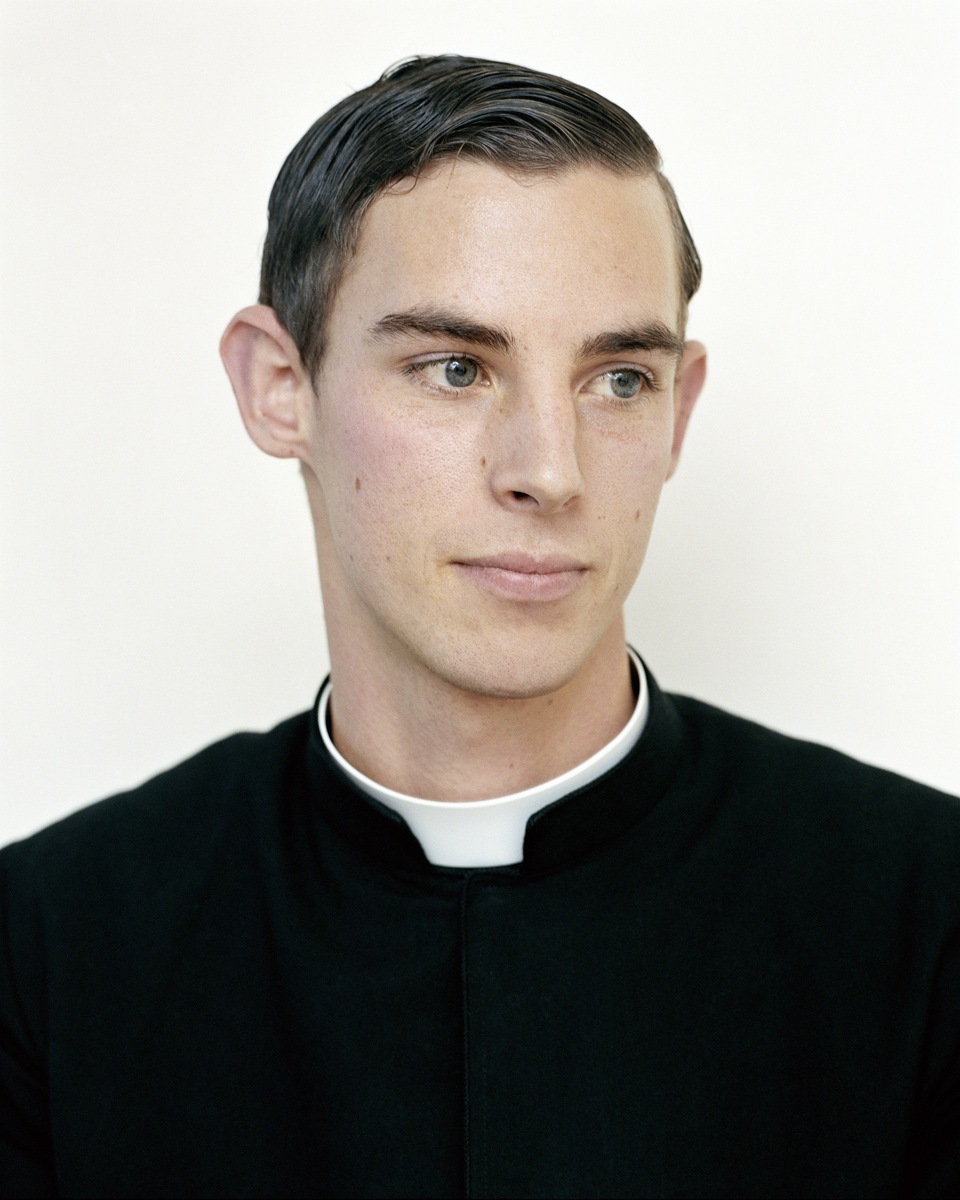
You recently shot the lookbook for Kanye West’s adidas collaboration. What is it like to step back and forth into the realm of fashion photography?
Working as an artist and working on fine art projects has become an inseparable part of me. However, on a practical level, although you’re using the same medium you need to use an entirely different approach. In fashion you have an end use, a specific use and you’re collaborating with a team of people to create this. In fine art you’re working on your own and trying to ask questions. What I love about working with Kanye is that he’s also asking questions.
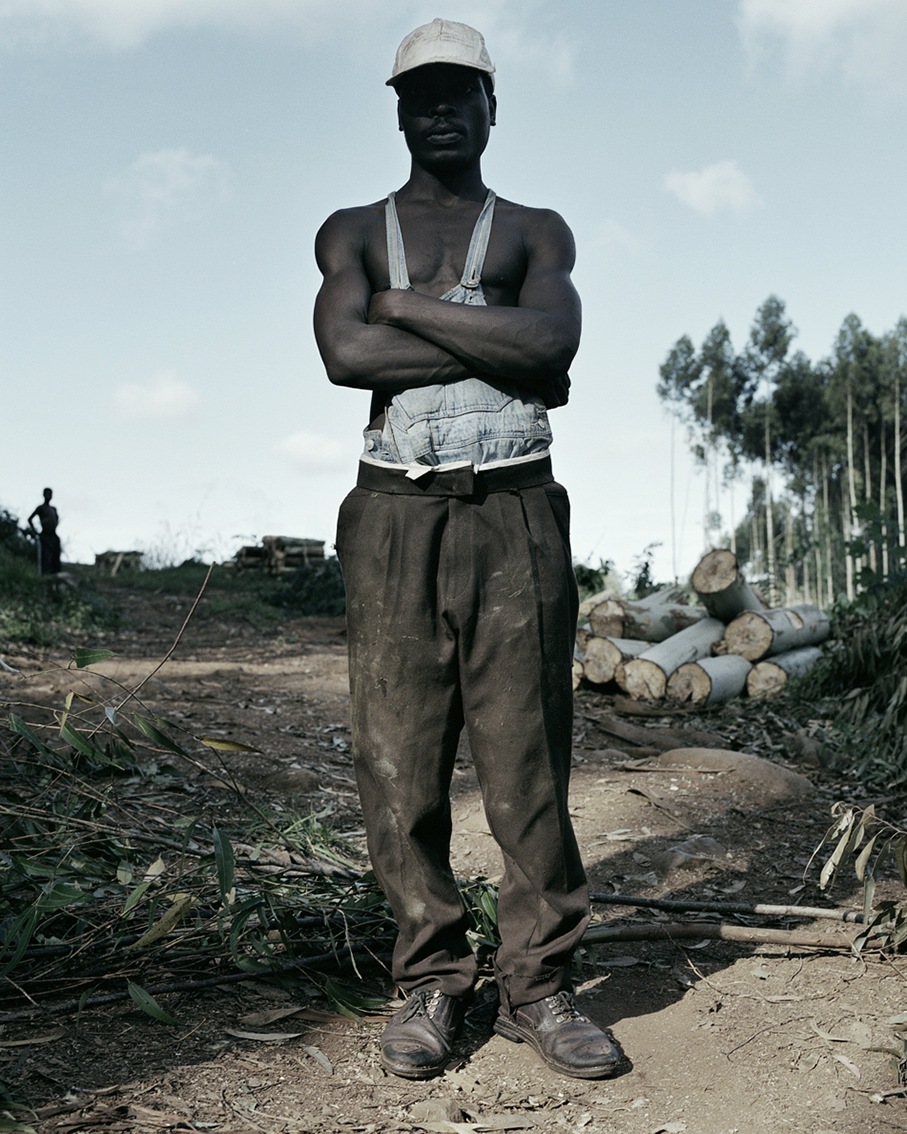
In an era where images have become ubiquitous, and peoples’ stories can be viewed directly via social media, do you think photography will change in being a conduit to understanding issues of global importance?
I think photography has always been, and will continue to be, an important catalyst for change. The power of an image is a constant. However, I think social media has changed the way information is disseminated and interpreted. Information becomes part of a mesh or network without direct lines of communication. It’s perhaps the start of a kind of swarm or artificial intelligence.
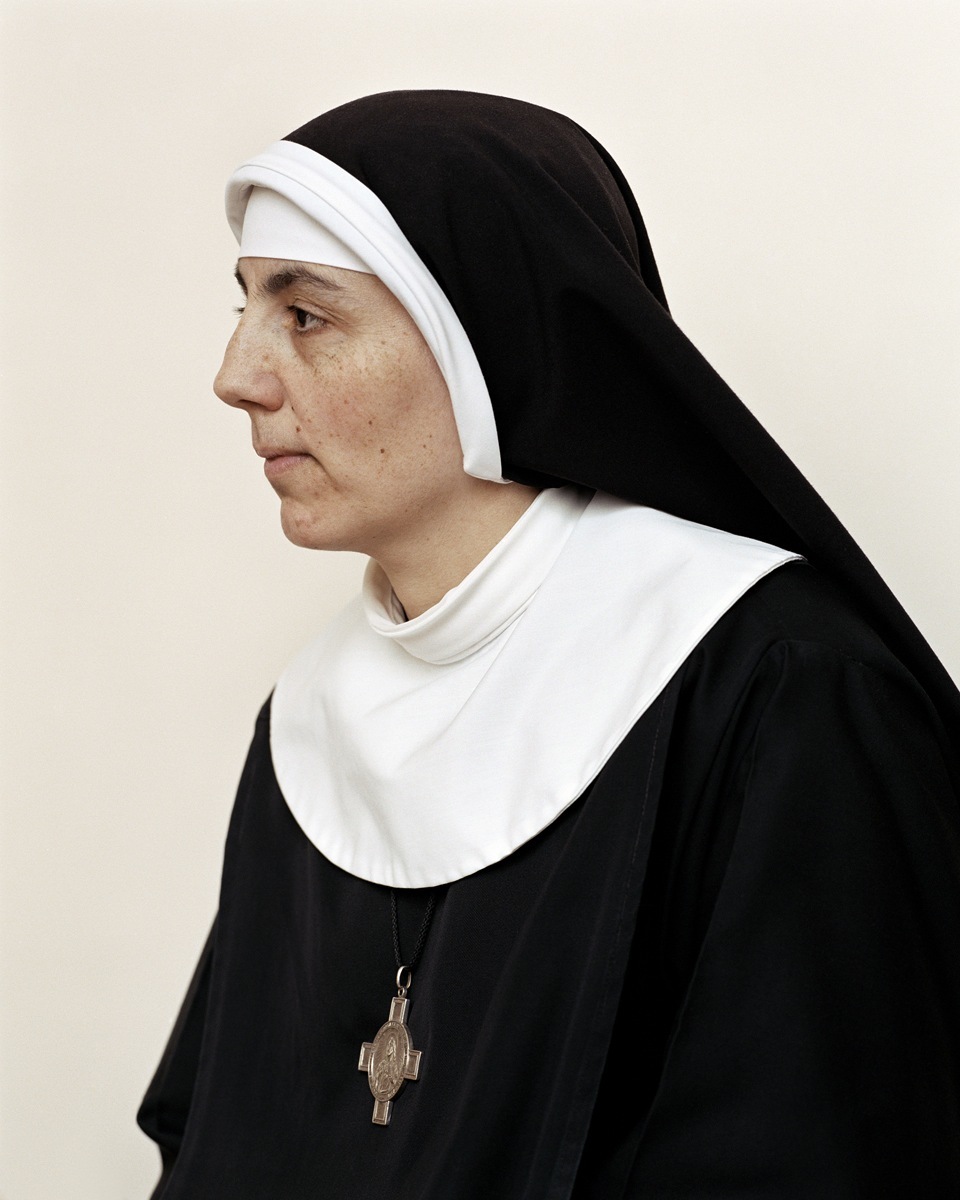
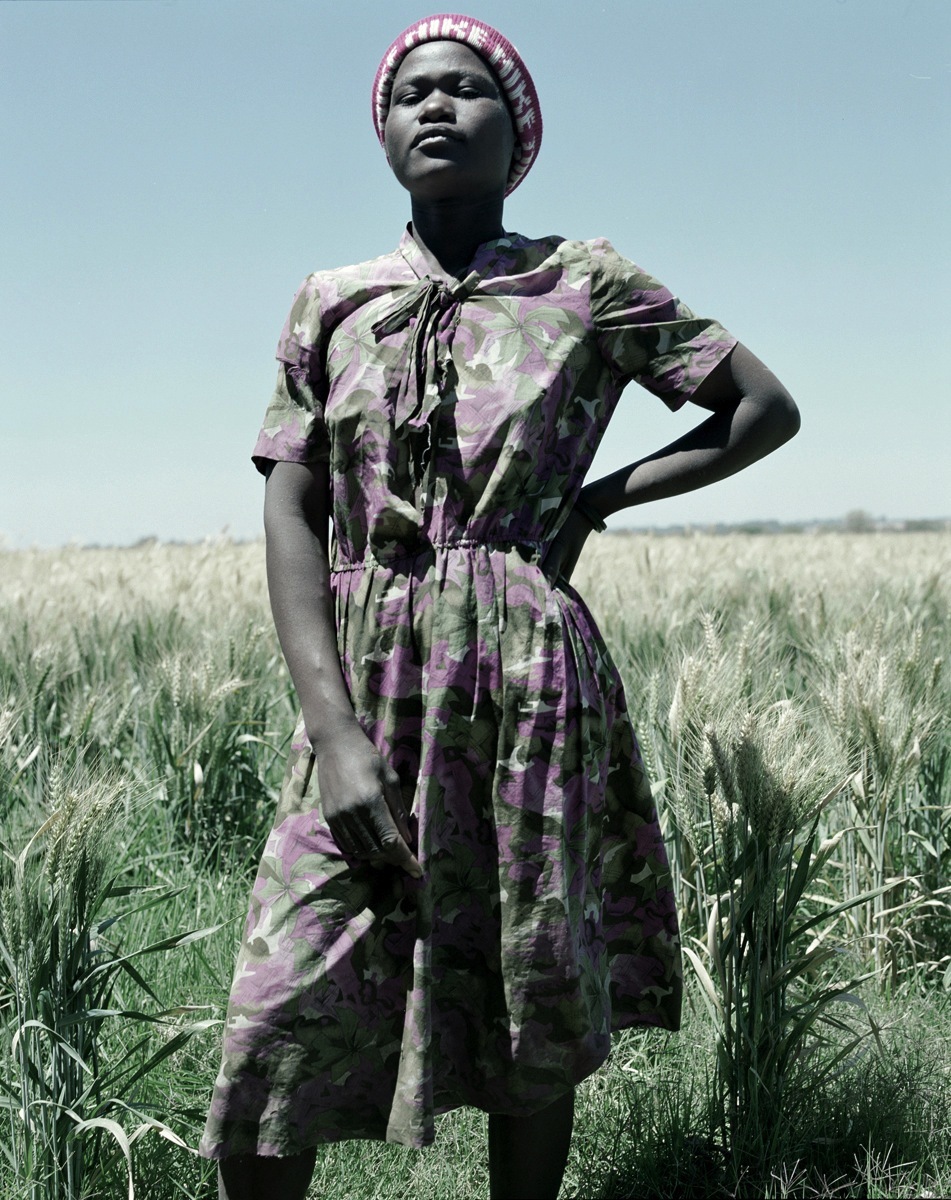
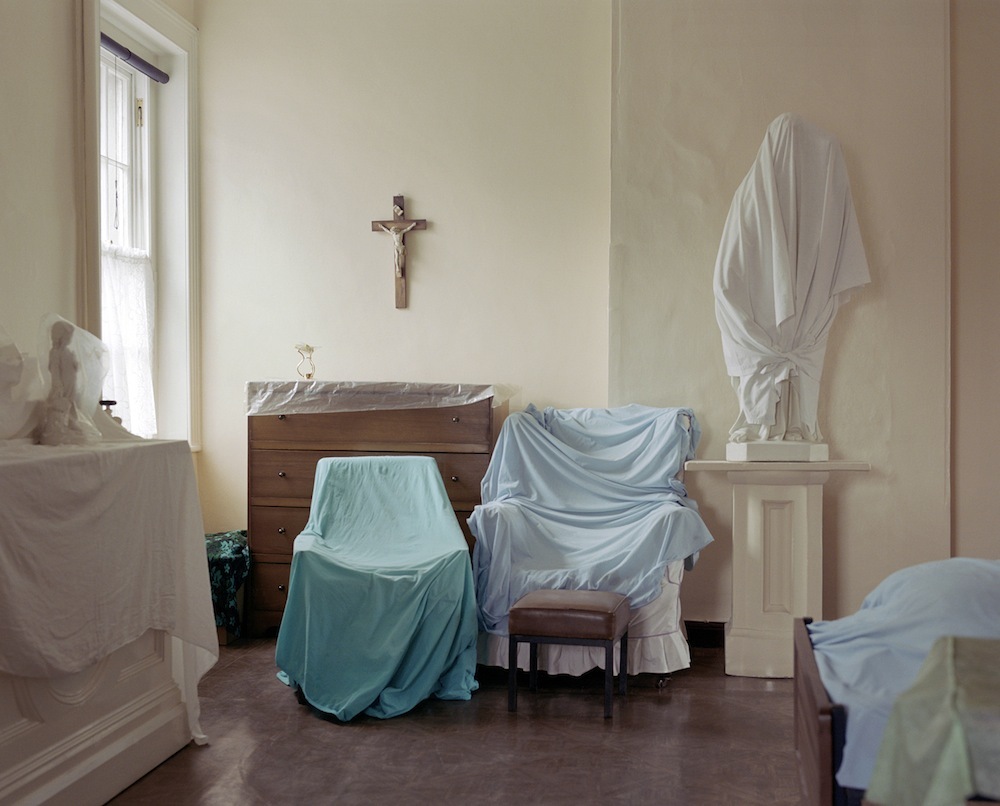
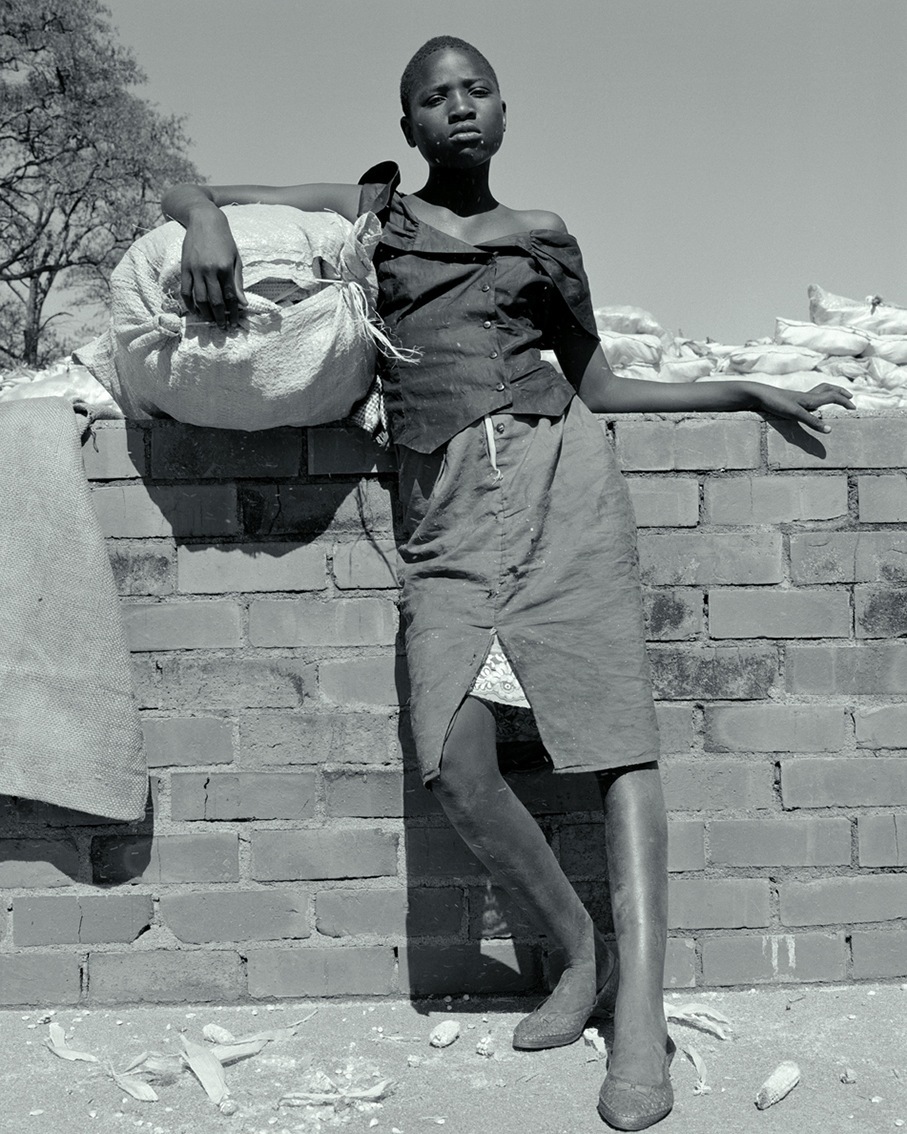
Credits
All images © JackieNickerson. Courtesy the artist and Jack Shainman Gallery, NY
